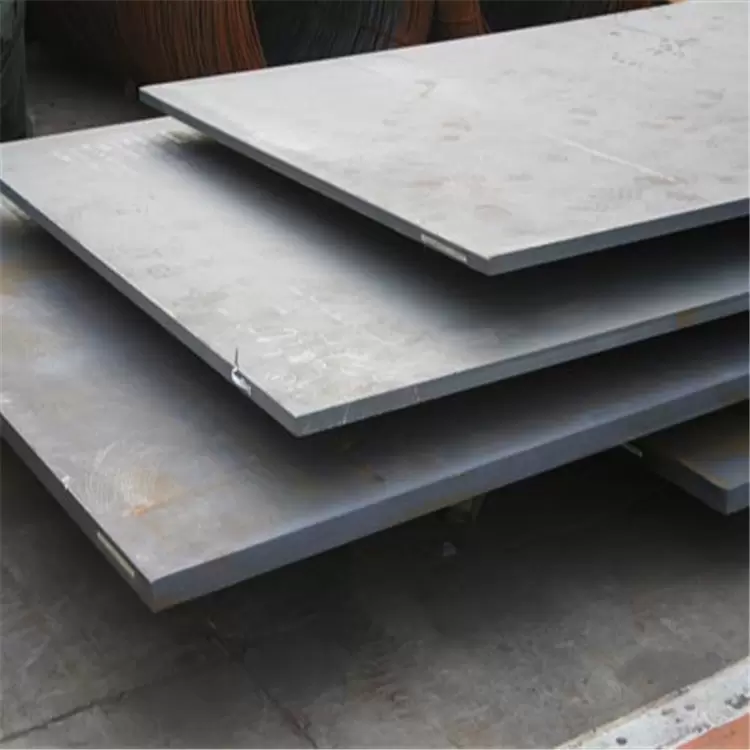Product
Contact us




Pressure vessel steel plates
 0757-28908555
0757-28908555
1:Classification by service temperature
1. Steel for normal-temperature vessels: Suitable for environments ranging from -20℃ to 350℃, such as Q245R, Q345R, etc. (The "R" stands for pressure vessel-specific).
2. Steel for low-temperature vessels: Used in environments below -20℃ (e.g., -40℃, -60℃), requiring an extremely low cold brittle transition temperature, such as 16MnDR, 09MnNiDR, etc. (The "D" stands for low-temperature).
3. Steel for high-temperature vessels: Suitable for temperatures above 350℃, needing resistance to high-temperature creep and oxidation, such as 15CrMoR, 12Cr1MoVR, etc. (They contain alloying elements like chromium and molybdenum to enhance heat resistance).
2:Classification by strength level
1. Low-strength vessel steel: Yield strength below 300MPa, such as Q245R.
2. Medium-strength vessel steel: Yield strength between 300-400MPa, such as Q345R, 16MnR (old grade).
3. High-strength vessel steel: Yield strength above 400MPa, such as Q420R, Q460R, etc. It is suitable for large high-pressure vessels to reduce weight.
3:Classification by corrosion resistance
1. Ordinary vessel steel: Suitable for environments without strong corrosive media.
2. Corrosion-resistant vessel steel: Added with elements such as chromium, nickel, and molybdenum, such as 0Cr18Ni9 (stainless steel) and 2205 duplex steel, used in corrosive environments like acids, alkalis, and seawater.
RELATED PRODUCTS
Products
-
No Data




